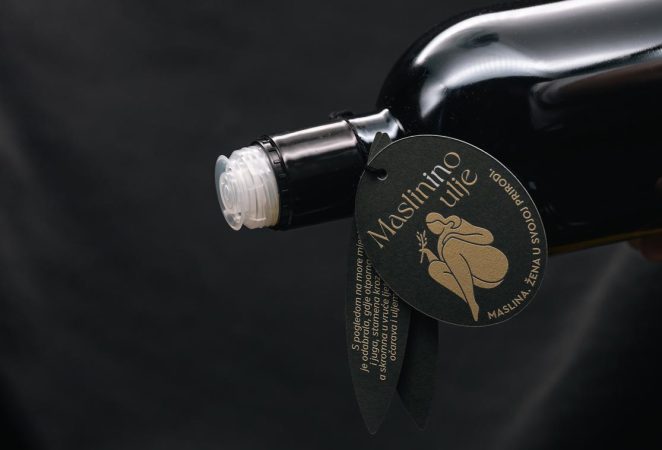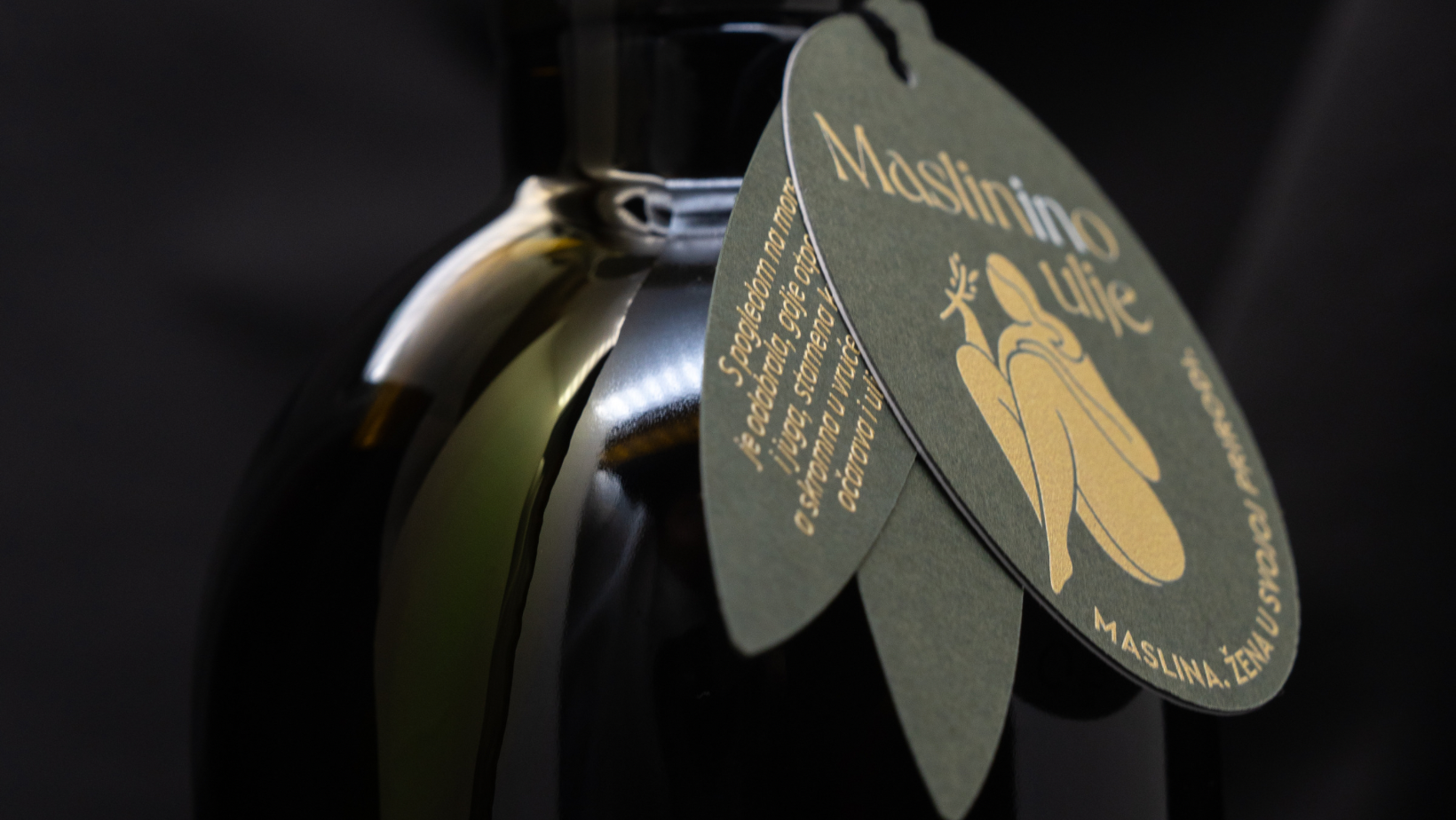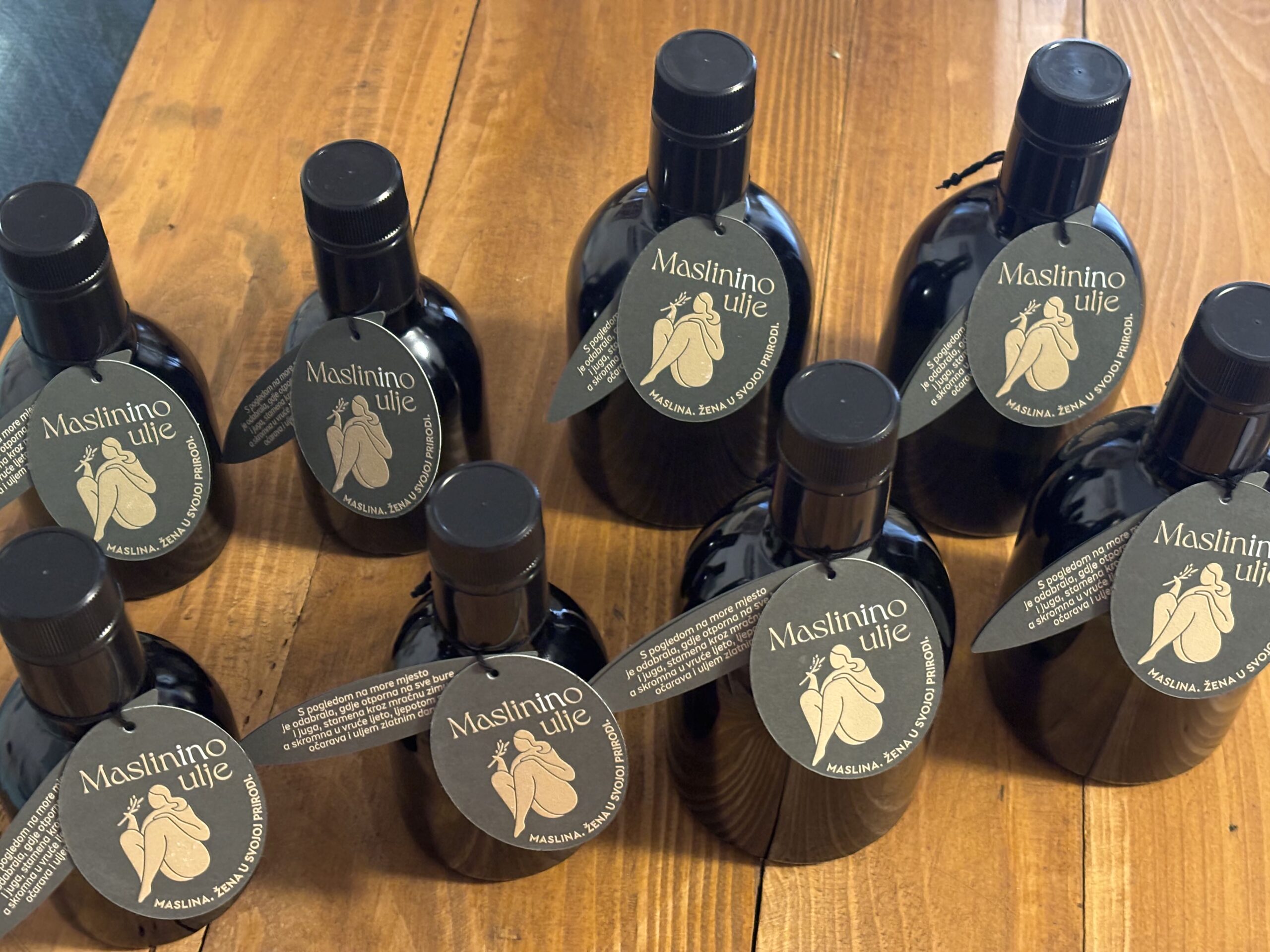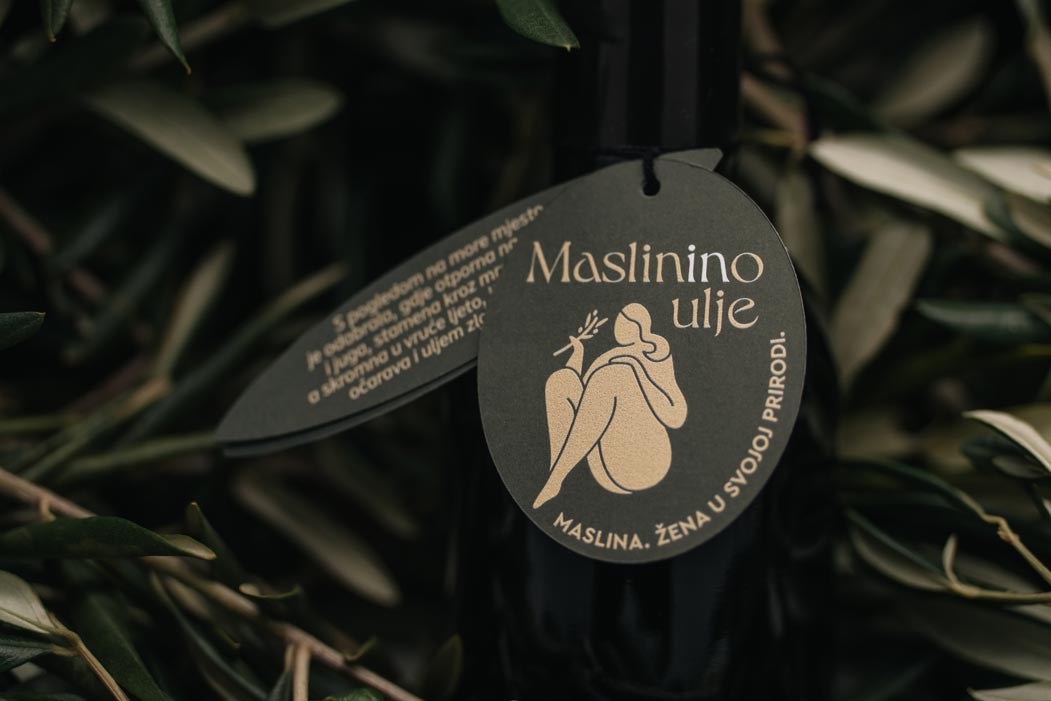Without the official analysis, the quality of the olive oil cannot be claimed!
Ulja koja na etiketi komuniciraju da su ekstra djevičanska, moraju imati dokumentaciju o aktualno provedenoj kemijskoj i senzorskoj analizi kod za to ovlaštenog tijela, usklađenog sa standardima EU o klasifikaciju maslinovog ulja.
- Extra virgin olive oil must undergo official chemical analysis, and premium extra virgin olive oils achieve even better values in the category.
Only oils that, upon analysis by an officially authorized body, show that they have less than 0.8 grams of free fatty acids expressed as oleic acid per 100 grams of oil, and meet the other parameters specified in the Ordinance, NN 7/2009-173, item 1. Annex I (harmonized with the EU standard), can be labeled extra virgin olive oil.
Međutim, najkvalitetnija ulja u kategoriji će na analizi dobiti još bolje rezultate slobodnih masnih kiselina manje od 0,4 grama.
The status of free fatty acids shows the state of the fruit at the time of processing. The higher it is, the greater the indication of the poor quality of the olive fruit - either they were damaged, hit, bruised, overripe, attacked by insects, overheated during the processing process, or they waited too long from the moment of picking to the actual processing into oil.

- In addition to the chemical analysis, extra virgin olive oil must undergo official sensory analysis, conducted by a certified team of people, to obtain the status of extra virgin olive oil.
The most important parameters in sensory analysis (smell and taste) are fruitiness, bitterness and spiciness, and any oil defects that may be felt.
Fruitiness is determined mainly by the smell of the oil. It is often described as fresh, green, ripe, and ripe.
On the other hand, bitterness is felt on the tongue and is a less popular phenomenon. However, the presence of bitterness indicates that the extra virgin olive oil is made from fresh olives and is high in polyphenols.
The third positive attribute is a burning sensation in the back of the throat, a spiciness, also associated with the presence of polyphenols.
The highest quality oils balance these positive qualities to create an oil with the most pleasant flavor possible.
Some of the most common defects in olive oil are: rancidity, sourness, inflammation and mold, and in these cases they do not qualify for the extra virgin category.
The color of the oil is not a relevant quality attribute, and is completely ignored in sensory analysis. To make it easier for tasters to ignore the color of olive oil when tasting, it is carried out in blue glasses, in order to reduce the impression of color.
- Premium extra virgin olive oil cannot be cheap.
A high price is already one of the mostly sure, and very obvious indicators that the oil you are considering is indeed premium extra virgin olive oil. The reason for this is that the production process of such a product cannot match the low value of the price you are paying for it.



